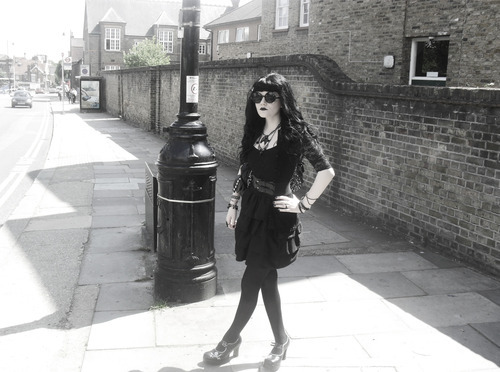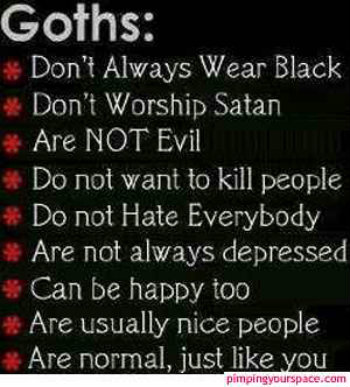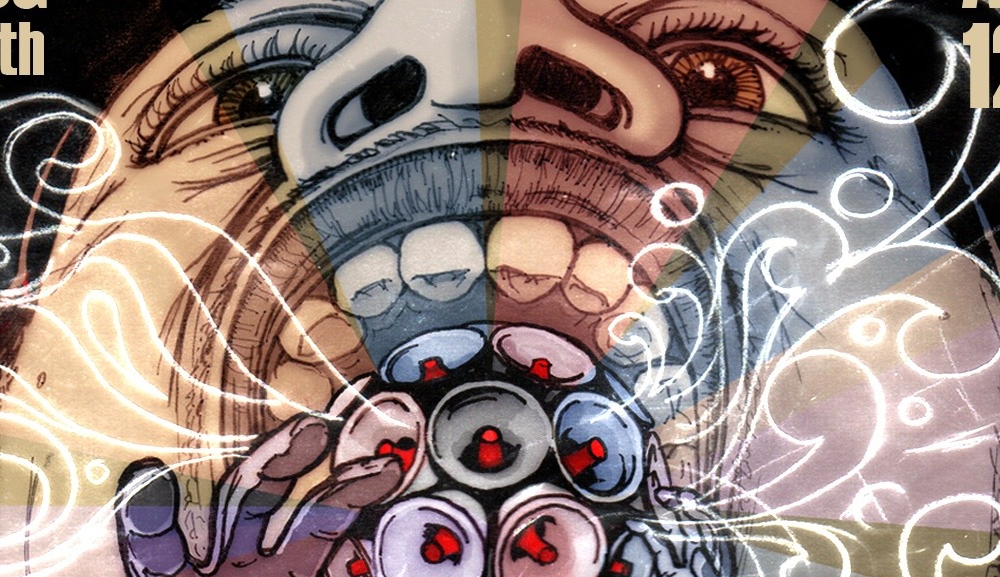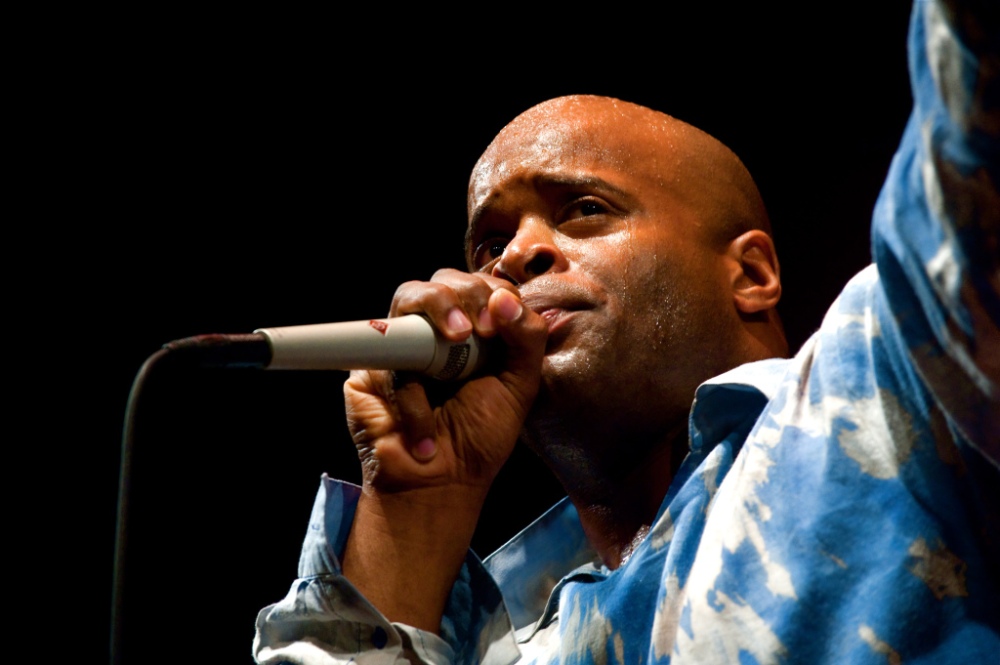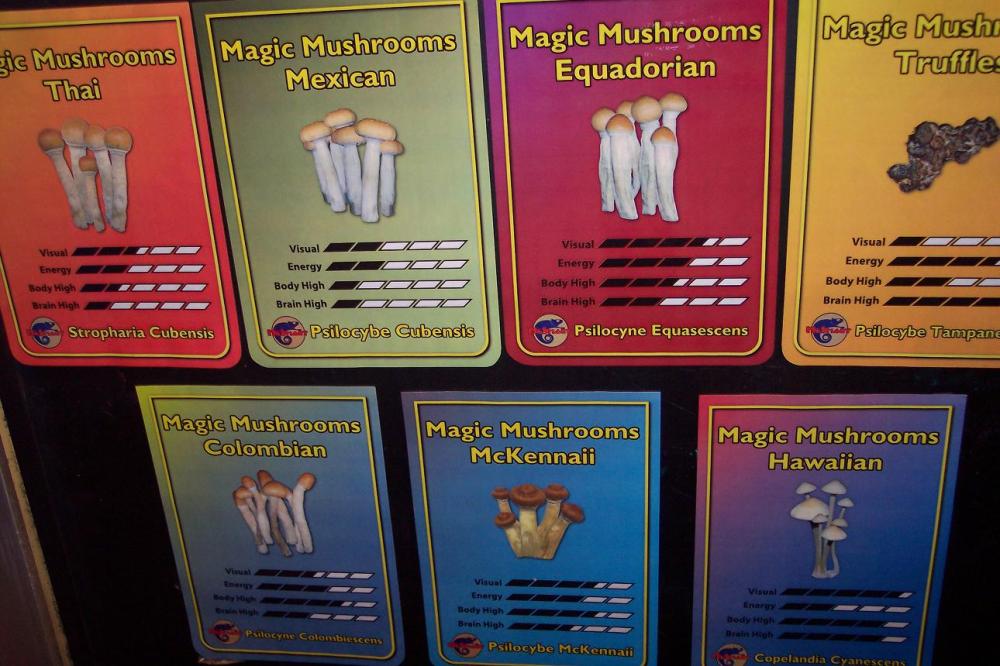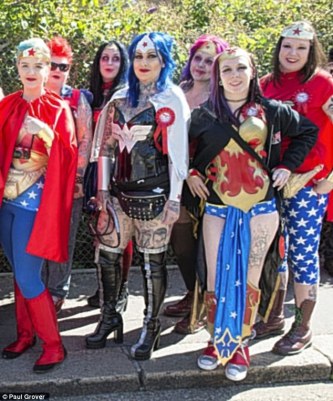
Ultra Music Festival: Electronic Dance Music Culture
Many of us have experience partying in a nightclub with friends. People love to take a few shots and drinks then started to dance to the ear-blasting bass music. At the moment, it seems like there is nothing to care about, only the good vibes and good music. What if it is an outdoor party that comes together with amazing production in term of stage, lighting and sound systems while 165,000 partygoers dance and have fun like nobody’s business? Isn’t it sounds incredible and extremely fun?
Nowadays, youth tend to have very specialist and discriminative music tastes with strong preferences to electronic dance music played at clubs and big outdoor parties. Clubs and parties with loud music, garish design and lighting effects bring the feelings of liberation and escape from daily routine. These events also cross boundaries of class, race, gender and sexuality. Incredibly, music festivals have the ability to gather and unite people from all over the world and came together just to party.
Ultra Music Festival (UMF) is an annual outdoor electronic music festival that occurs in March in the city of Miami, Florida, United States. Other than United States, the festival has expanded itself to 18 other countries including Korea, Crotia, Singapore, Japan, Brazil, Indonesia, Spain, Chile and etc. The DJ line up that present by UMF is also one of the key highlights of the event. Deadmau5, Hardwell, Skrillex, Tiesto, Armin Van Buuren and etc are the prominent artists who invited to perform at UMF.

When it comes to music festival like UMF, it is all about electronic dance music (EDM). In other words, EDM is more than just dance music. It is definitely bigger than that because it is also about electronic dance culture. That is the key finding extracted from a survey that carried out by Electronic Music, Technology and Youth Culture Study which included a total of 437 Beatport users in the US and asked them to share their thoughts and feelings about EDM, technology, festivals and brands (1).
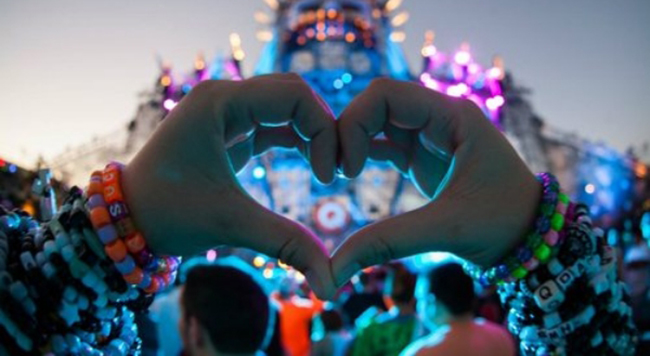
A popular hand sign represents PLUR that often can be seen at music festival.
Besides, Ott and Bill stated that music is among the most central and significant ways that youth articulate style and hence a sense of self (2). EDM is thus a relatively new culture catering to a younger generation. In the EDM scene, PLUR is the value embraced by ravers. PLUR stands for peace, love, unity and respect. Basically, it represents the music, the people and the good vibes, especially in music festival like UMF. Culture moves because of its attention-grabbing along with matching people interests (3). Inevitably the youth quickly adopted and incorporated with EDM culture in their life because our younger generation who are indeed seeking to create a world with the sense of peacefulness, love, unity and respect.
Moreover, Kandi is a common accessory that can be identified in music festival. Kandi are bracelets made out of chunky beads or pony beads of many colours given as friendly gestures at parties and raves. Kandi primarily consists of plastic bracelets garnished with designs or wording of some sort. It’s 100% customized to each individual. It has come to represent a kindness that brings the rave community closer by being a conversation starter that can double as a gift. It can be viewed as a form of fashion trend which cultivated among the community.
However, there is always a dark side for us to look into when it comes to everything. In his book, sociologist Dick Hebdige said “subcultures form out of their replacement of one or several previous subcultures which disappear through a process which includes commodification by the establishment and media and eventual assimilation into the larger mainstream culture” (4). The commercialization of rave subculture has changed the way some ravers view the subculture. One of the biggest issue is the price of the ticket is increasing year by year. Although commercialization helps the culture to grow faster and spread wider yet it is ruining it in a way. Perhaps this is a natural cycle of change that every subculture will go through eventually.
References:
(1) SFX, 2015. Electronic Music, Technology & Youth Culture: Audience Insights Group.[online]. Available from: http://sfxii.com/wp-content/uploads/2015/04/Electronic-Music-Technology-and-Youth-Culture.pdf [Accessed 23 April 2016].
(2) Ott, Brian L., and Bill D. Herman., 2003. Mixed messages: Resistance and Reappropriation in Rave Culture. Western Journal of Communication 67.3 (2003): 249-270.
(3) Urban, Greg. 2001. “The Once and Future Thing” Metaculture: How culture moves through the world. U of Minnesota Press. Available from: https://youthcultureandmedia.files.wordpress.com/2015/02/metaculture_how_culture_moves_through_the_world.pdf %5BAccessed [Accessed 23 April 2016].
(4) Hebdige, D., 1979.Subculture: The Meaning of Style [online], 179. London: Methuen. Available from: http://www.erikclabaugh.com/wp-content/uploads/2014/08/181899847-Subculture.pdf [Accessed 23 April 2016]




